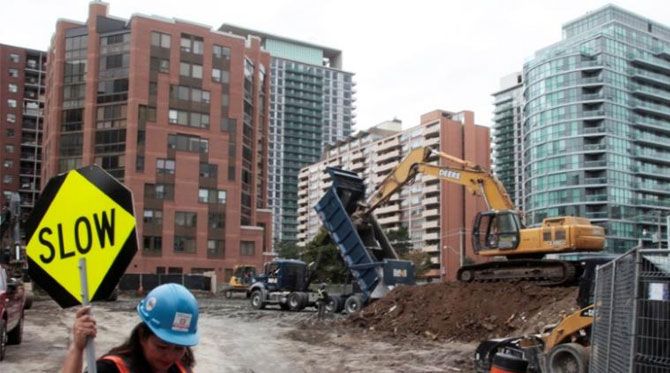Nearly 80 per cent of the plan is to be funded by central and state governments, and public sector enterprises, while the private sector will be contributing about a fifth, reports Abhishek Waghmare.

The government has come up with an ambitious plan for infrastructure investment. Among other things, the plan highlights the areas of importance and the sharing of responsibility between the government and the private sector.
The report showed that infrastructure investments during the targeted six years -- FY20 to FY25 -- is expected to be front-loaded, with spending of nearly Rs 20 trillion in FY21 and FY22 (Chart 1).

Spending worth Rs 12 trillion is to be done in the five years without a time plan, meaning that they may add up in any year.
Roads, Railways, cities and housing account for half of the proposed infrastructure pipeline (Chart 2).

It also lays down the vision of the government in terms of the future of jobs: About 50 million people are expected to leave farming, about 30 million are expected to join industry work, while the services sector is expected to gain a massive 180 million employees (Chart 3).

Nearly 80 per cent of the plan is to be funded by Central and state governments, and public sector enterprises, while the private sector will be contributing about a fifth (Chart 4).

In the central government's share, more than half of the commitment is being attributed to state owned enterprises-led off-budget spending (Chart 5).

But the real worry would be revenue mobilisation.
None of the revenue streams of the Central government have matched the required growth in the current fiscal year (chart 6), partly due to relief in the corporate tax rate and the economic slowdown.

Higher borrowing would be needed to fund the intended capex, which would entail higher interest outgo in the coming years and affect private sector investment.












 © 2025
© 2025